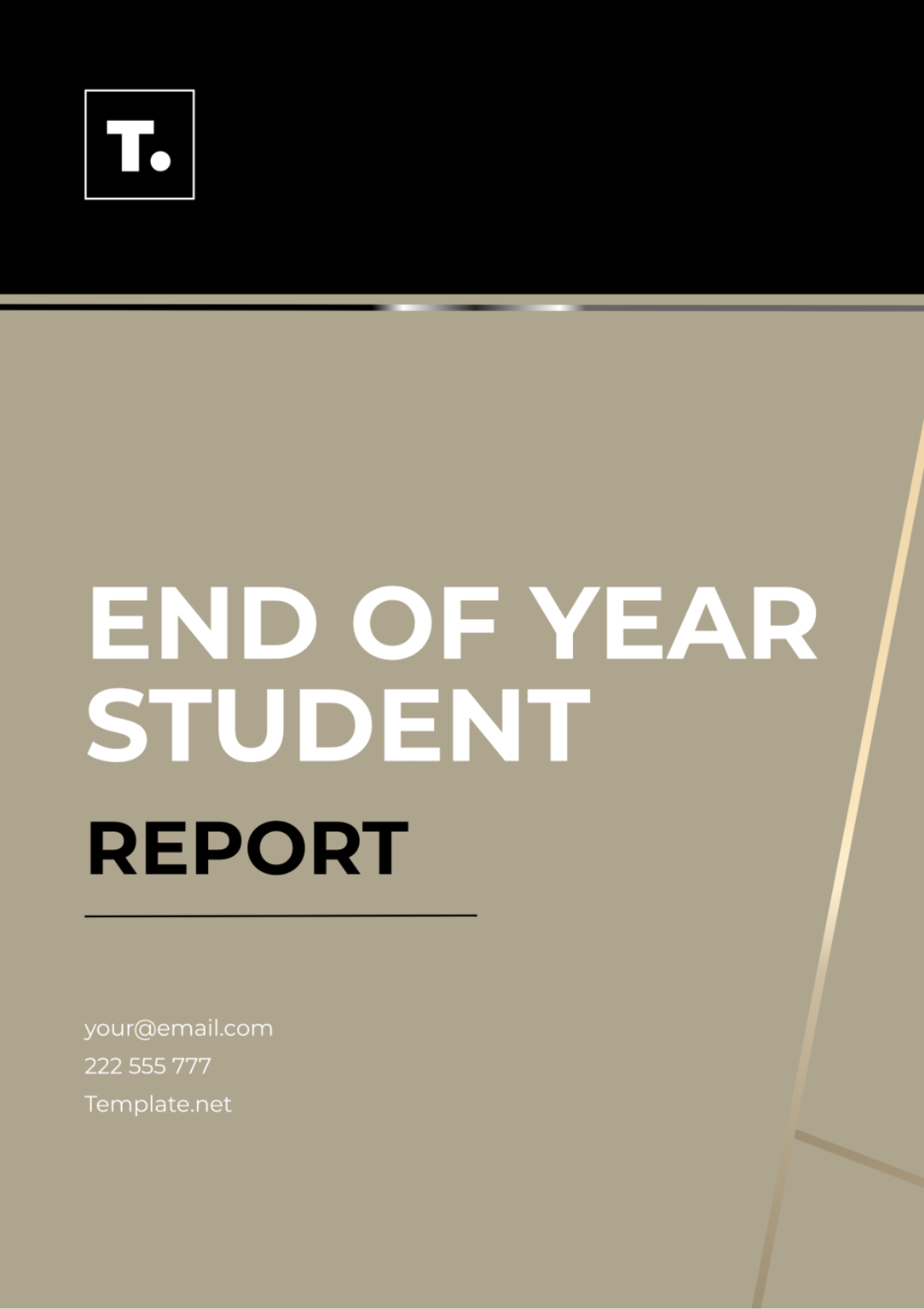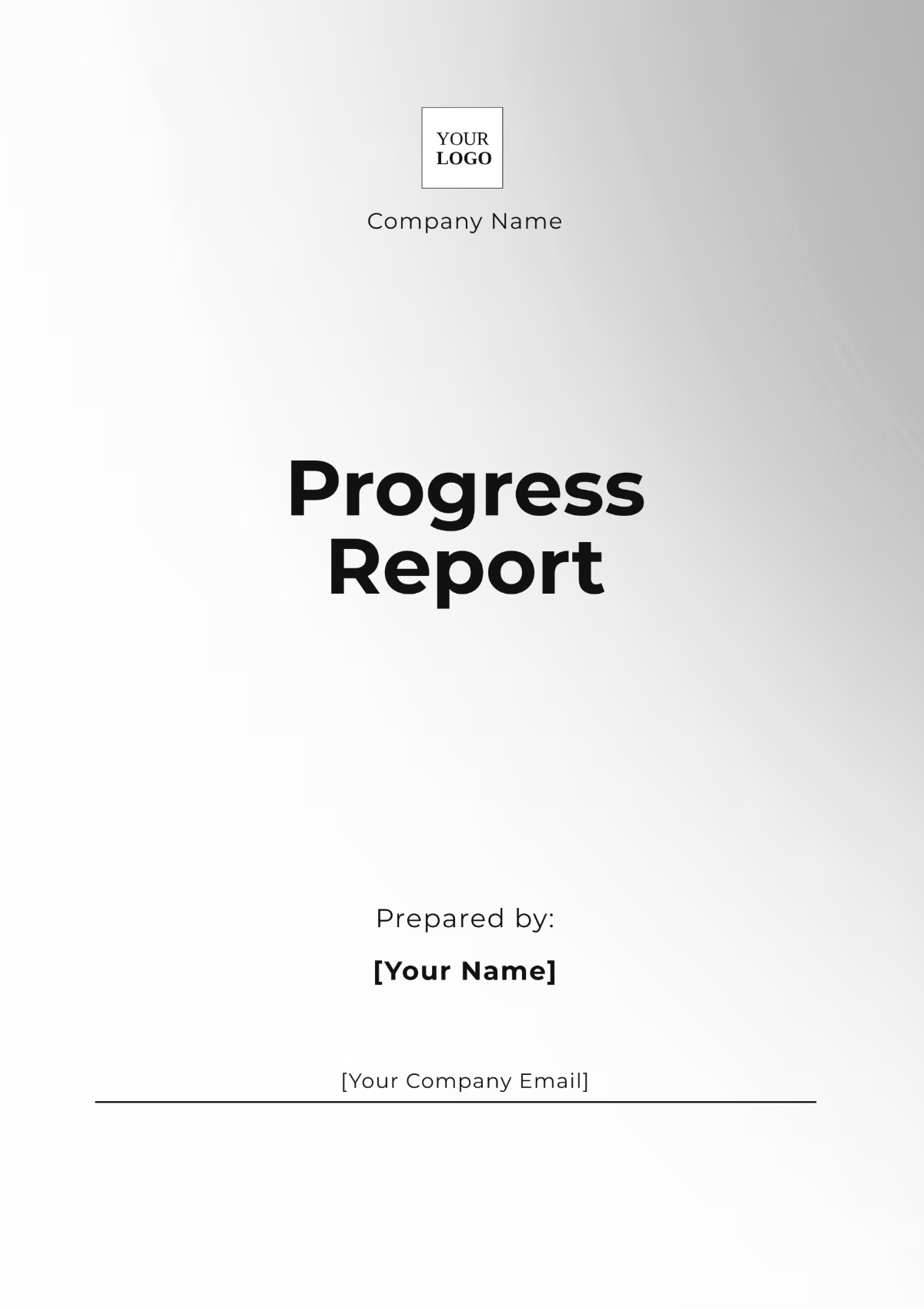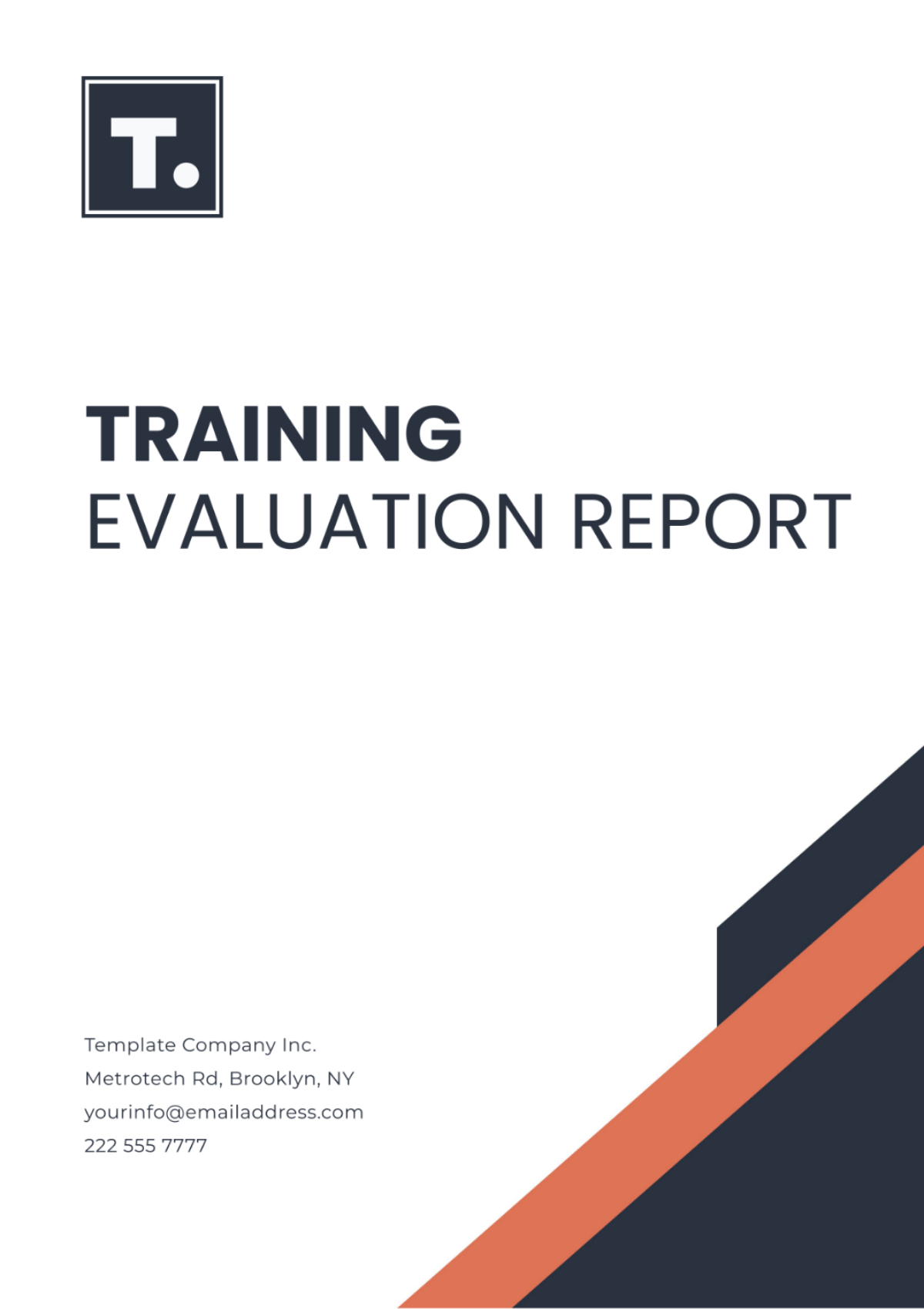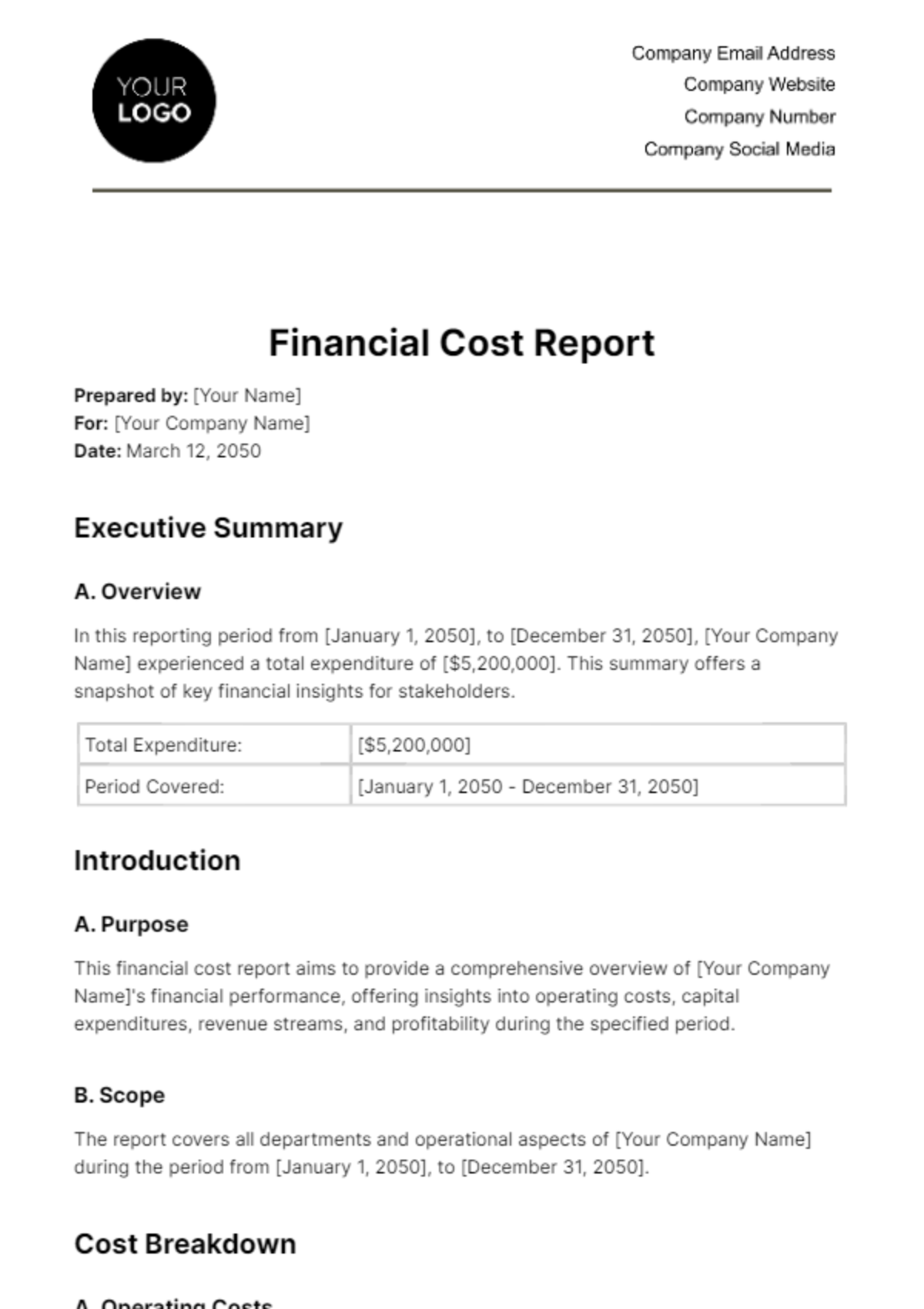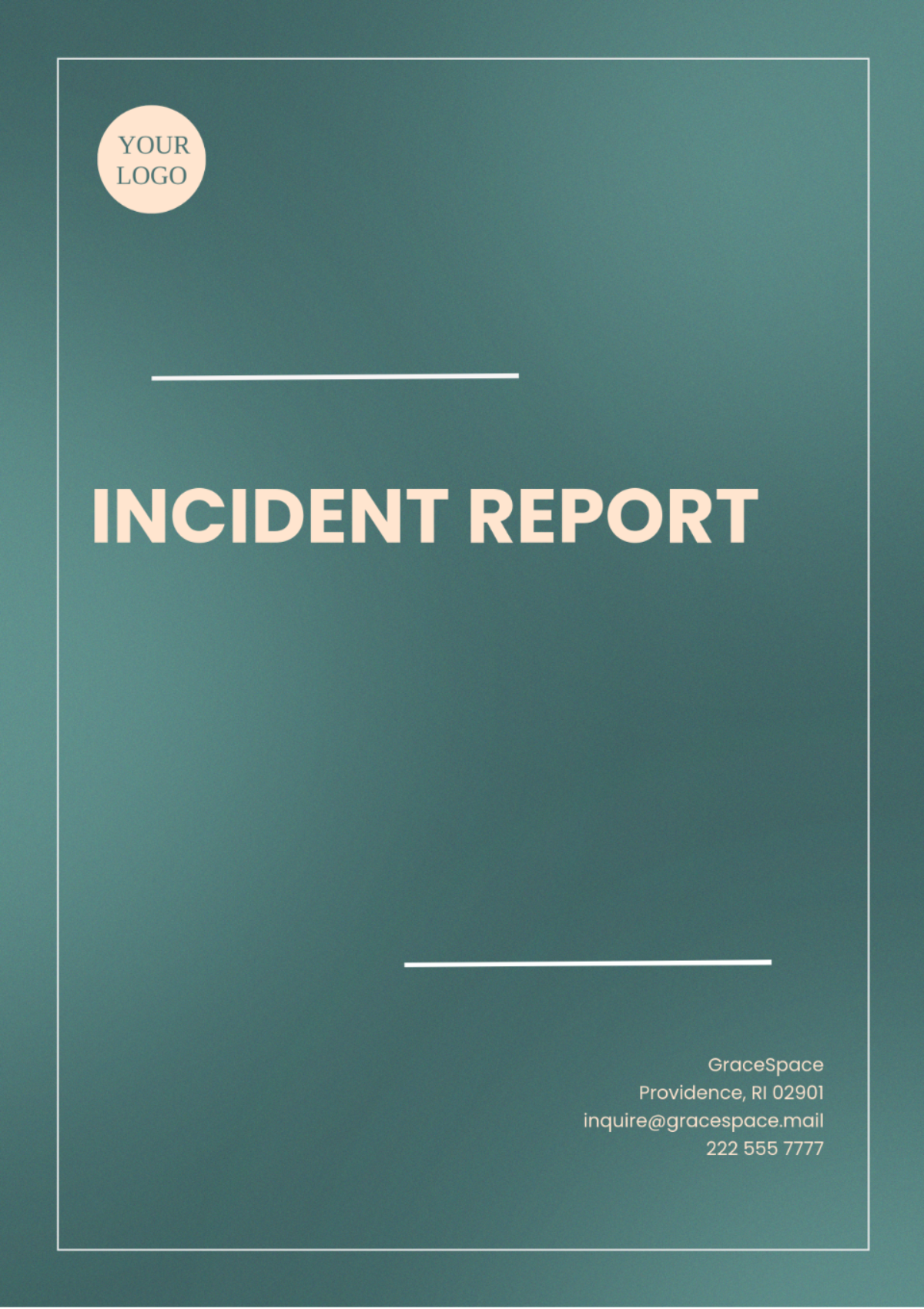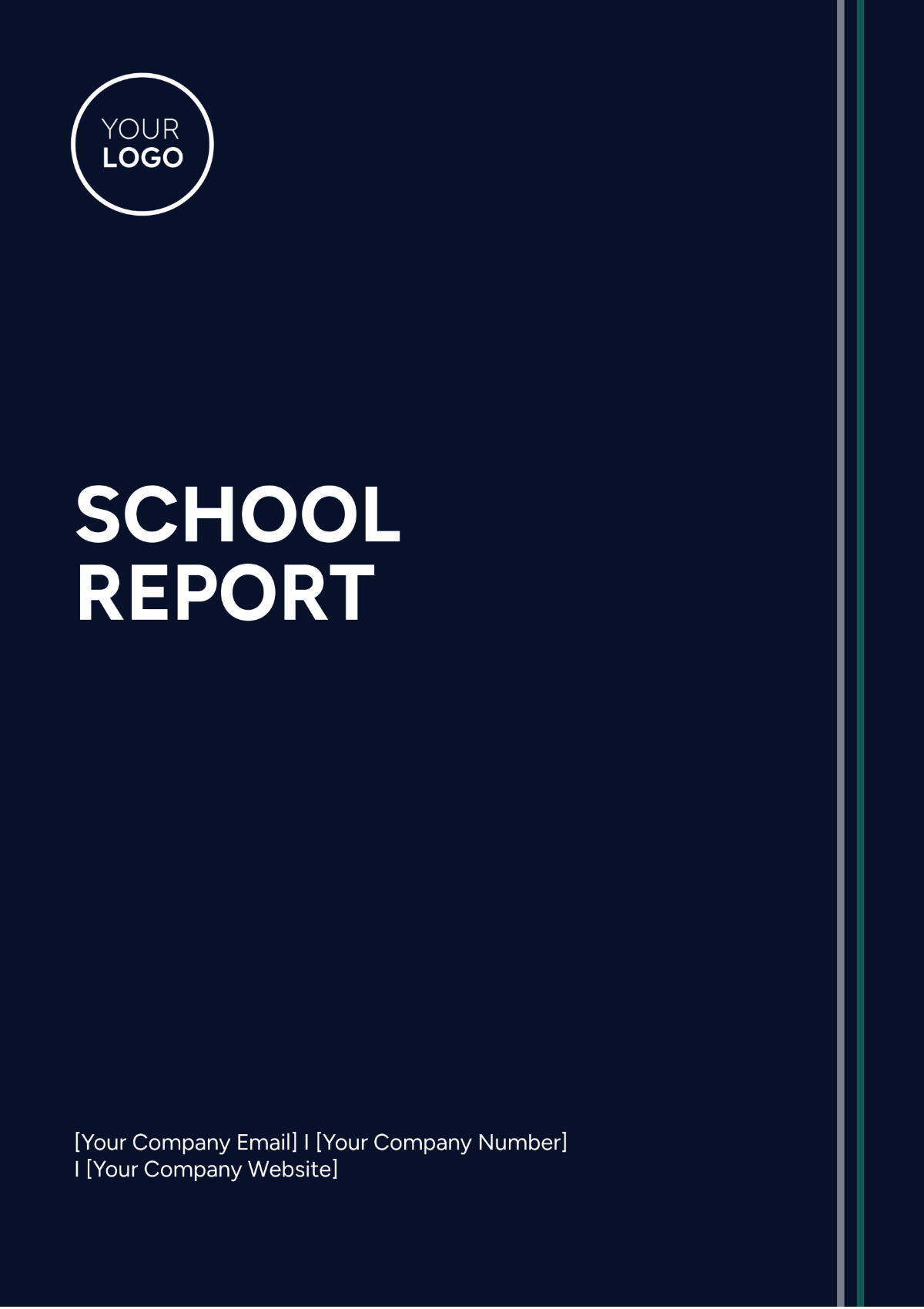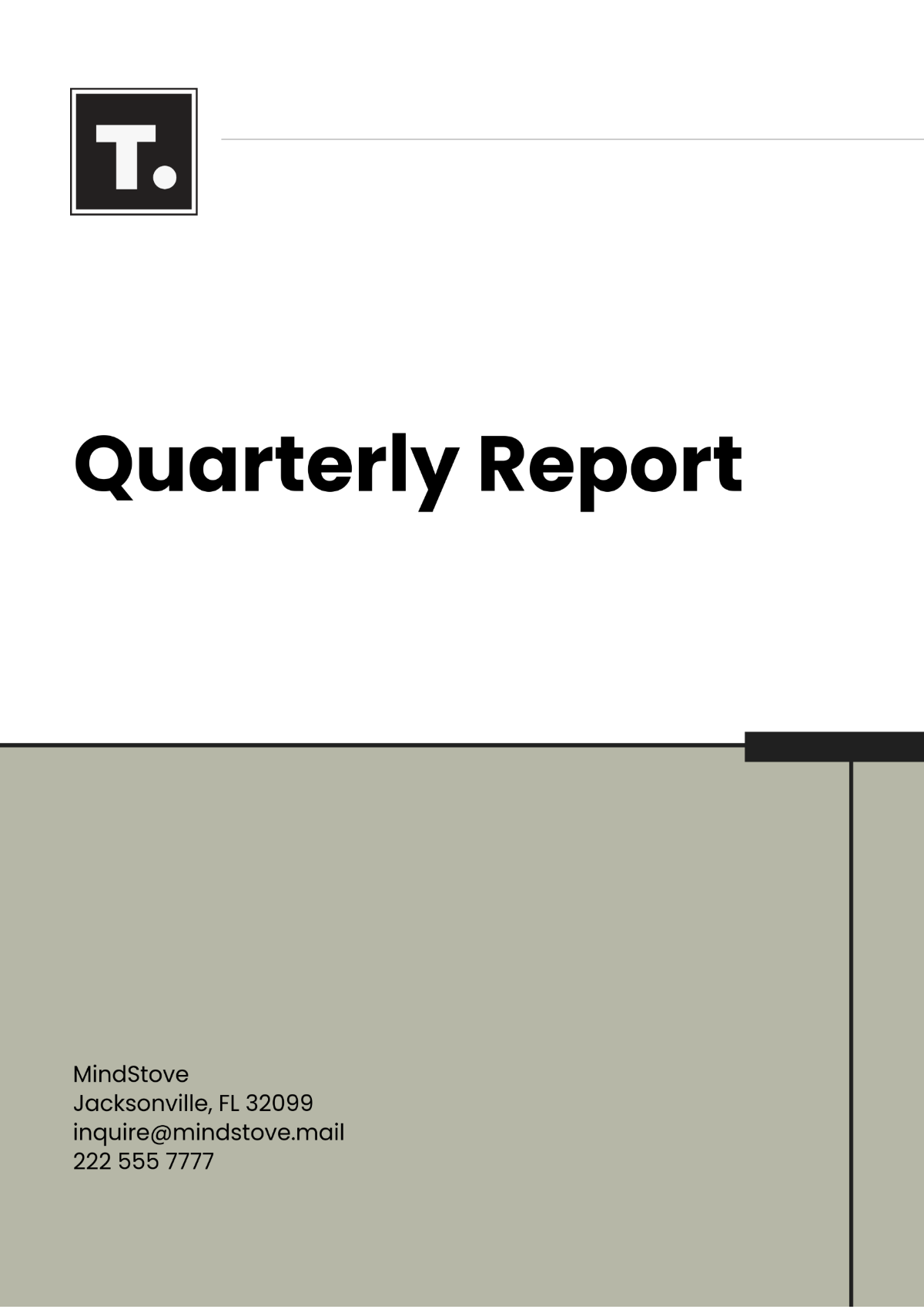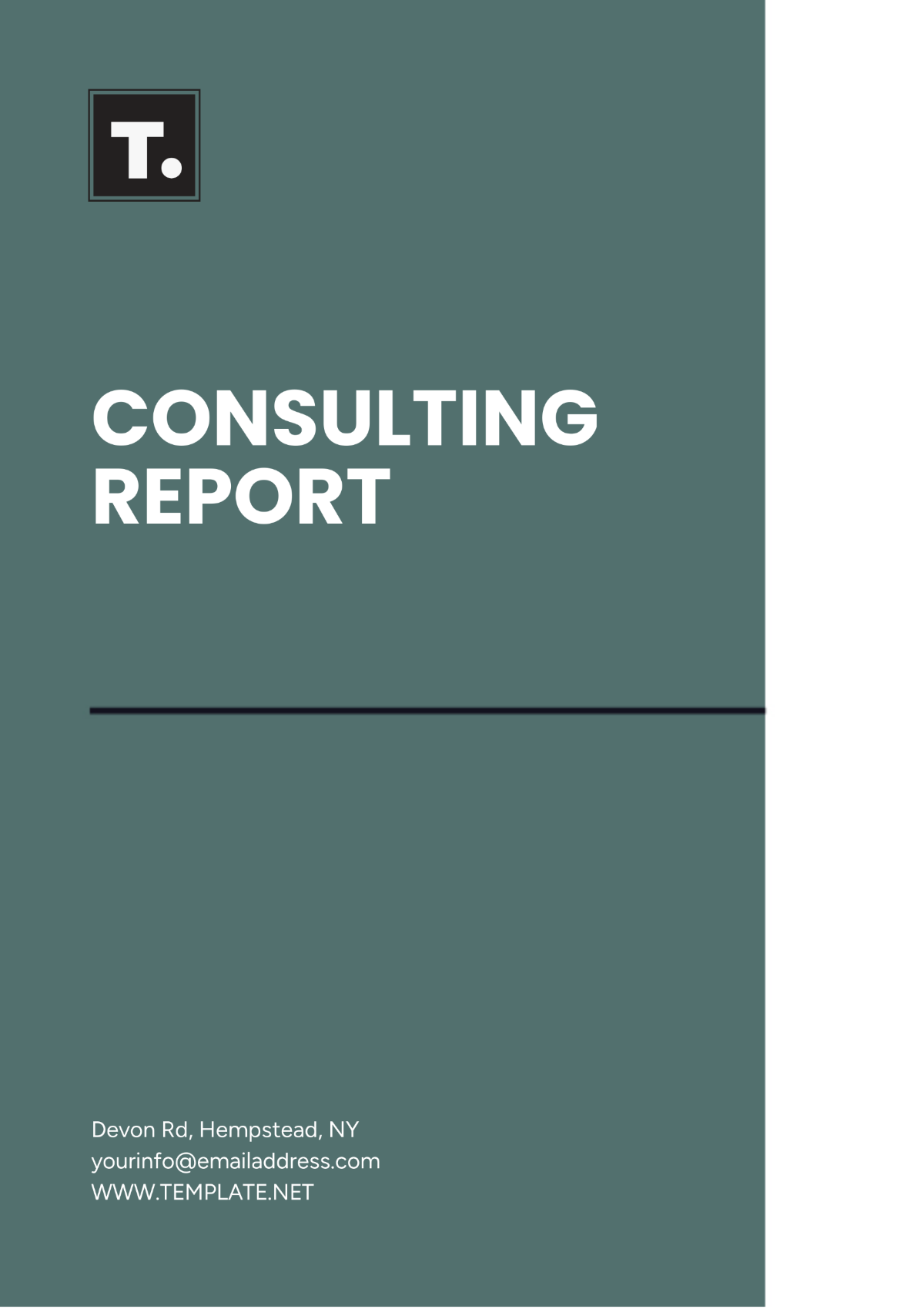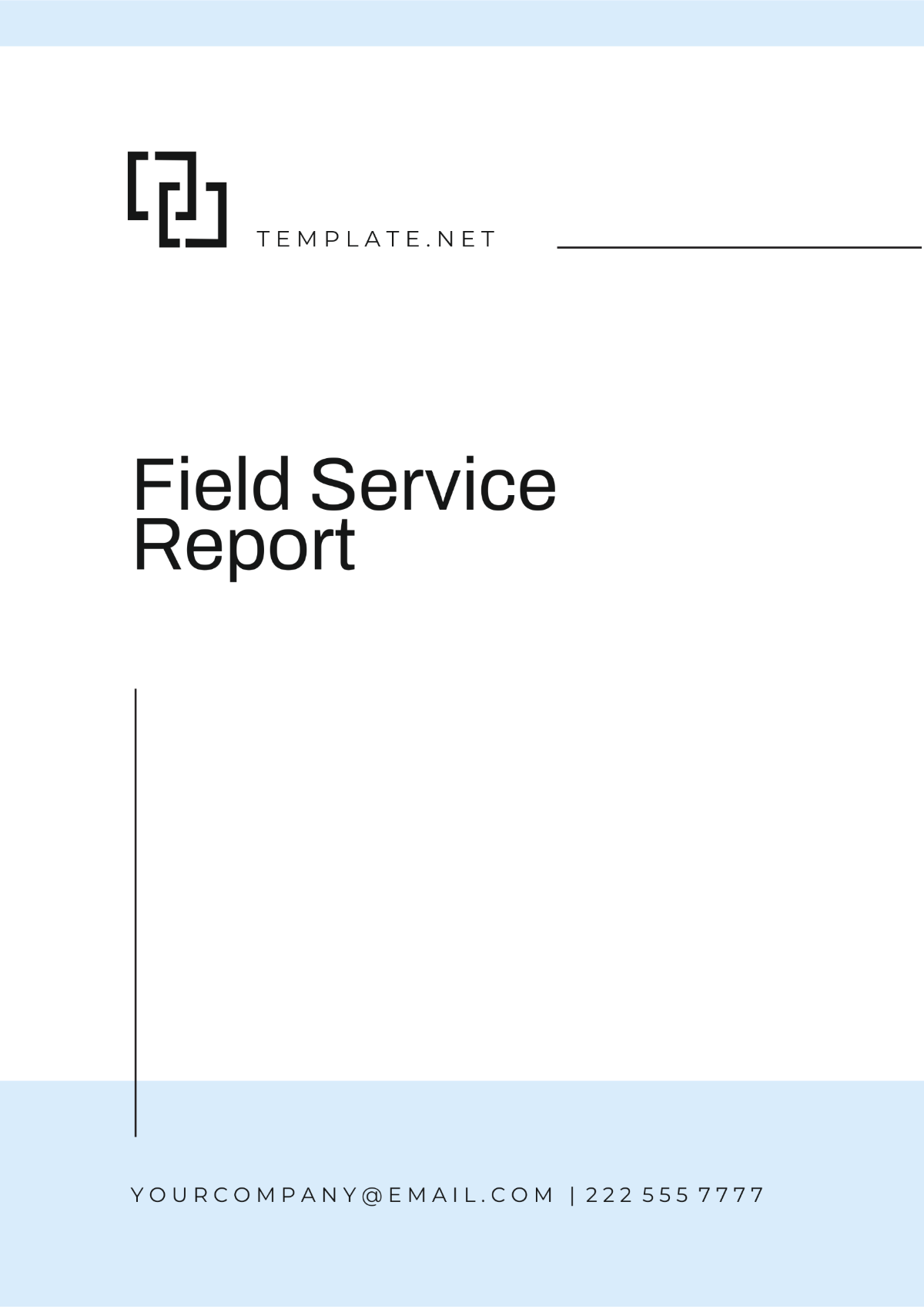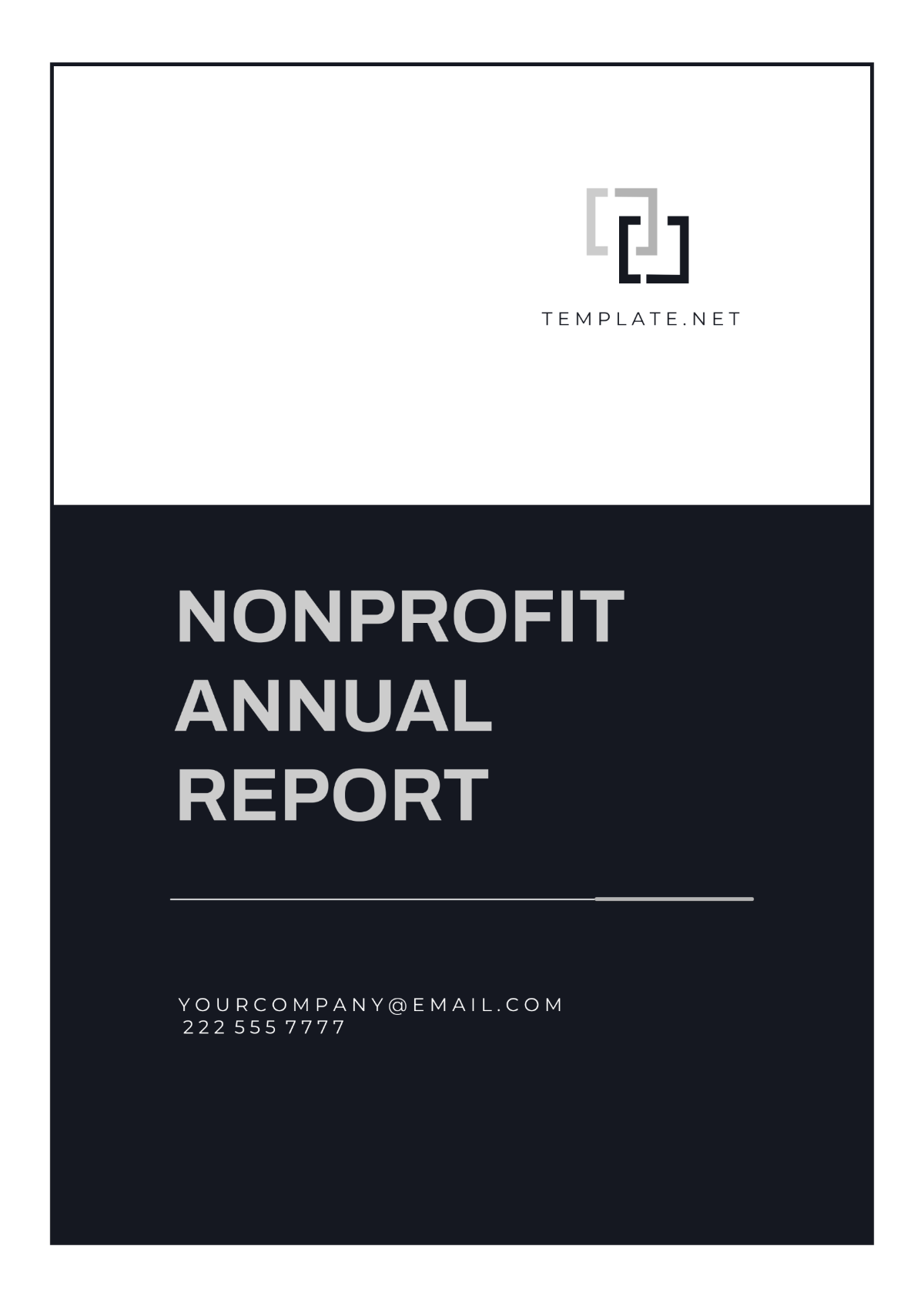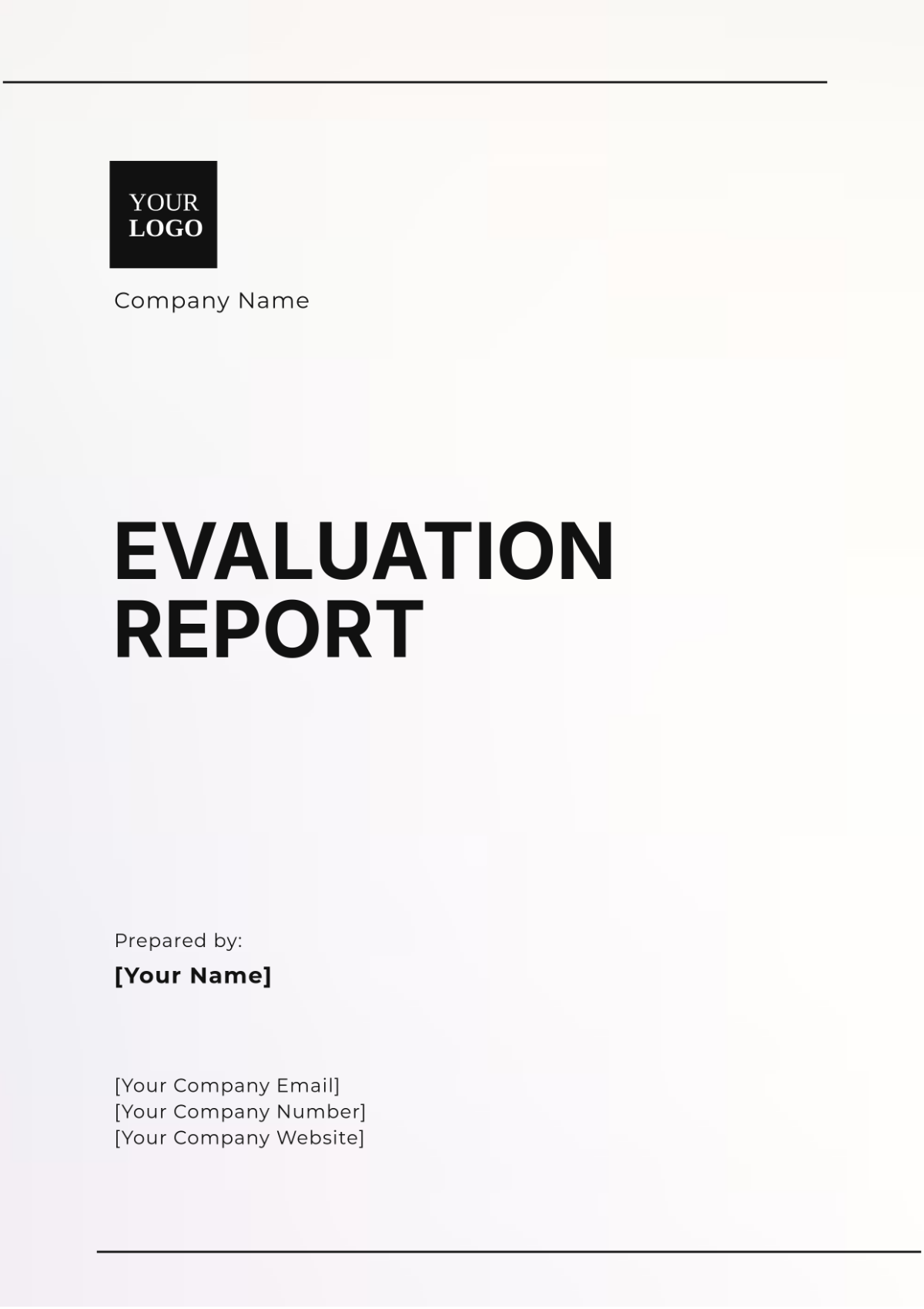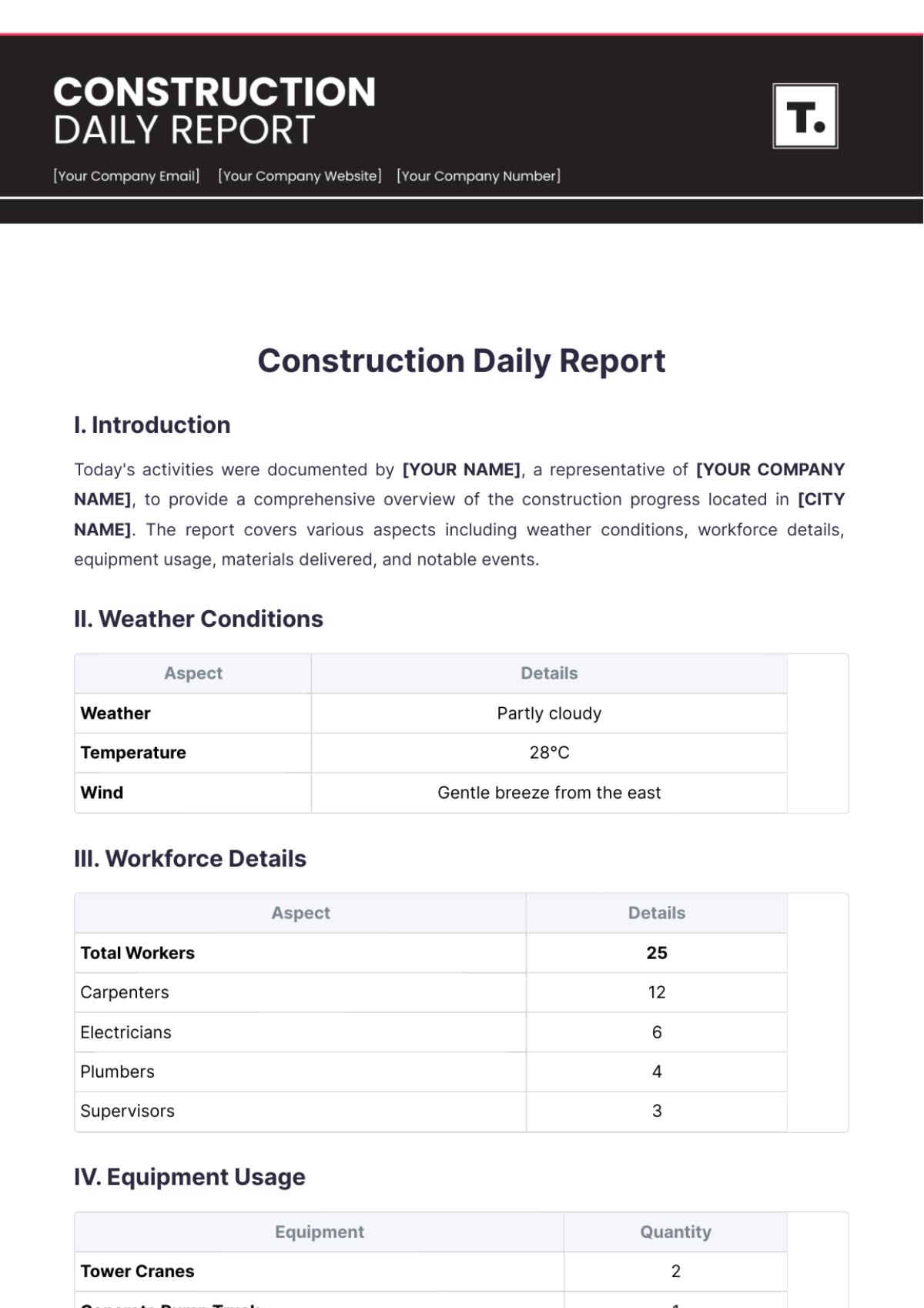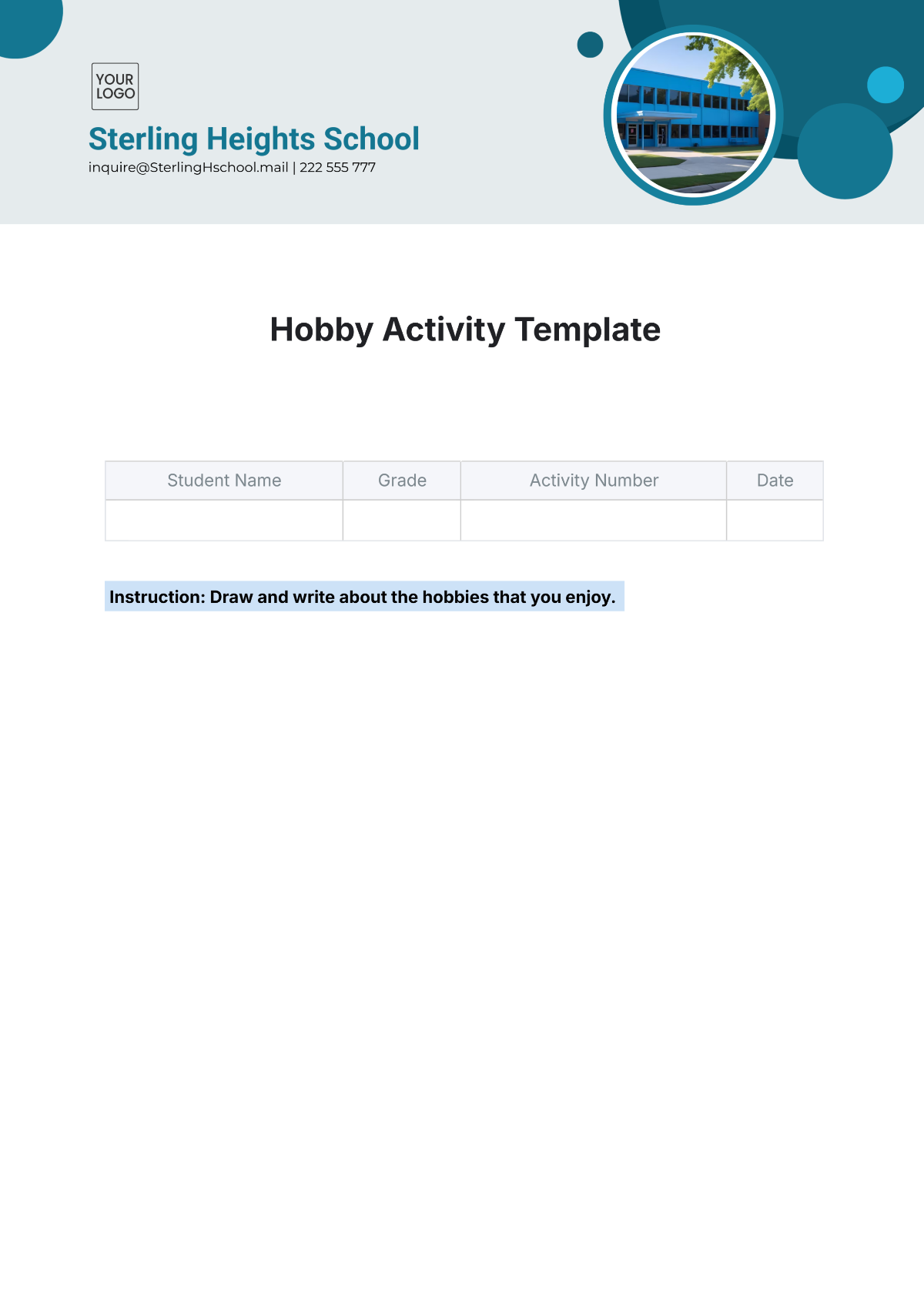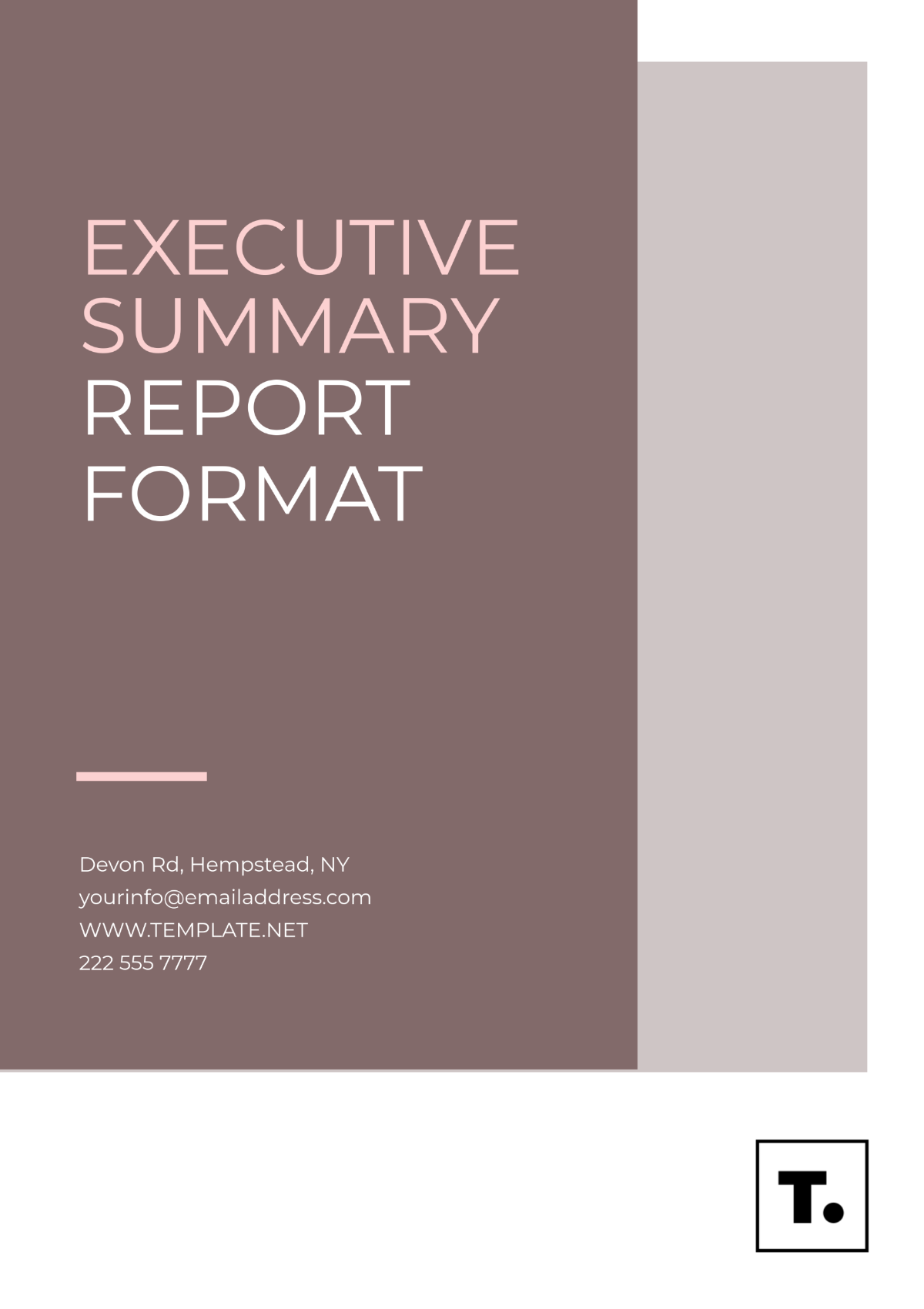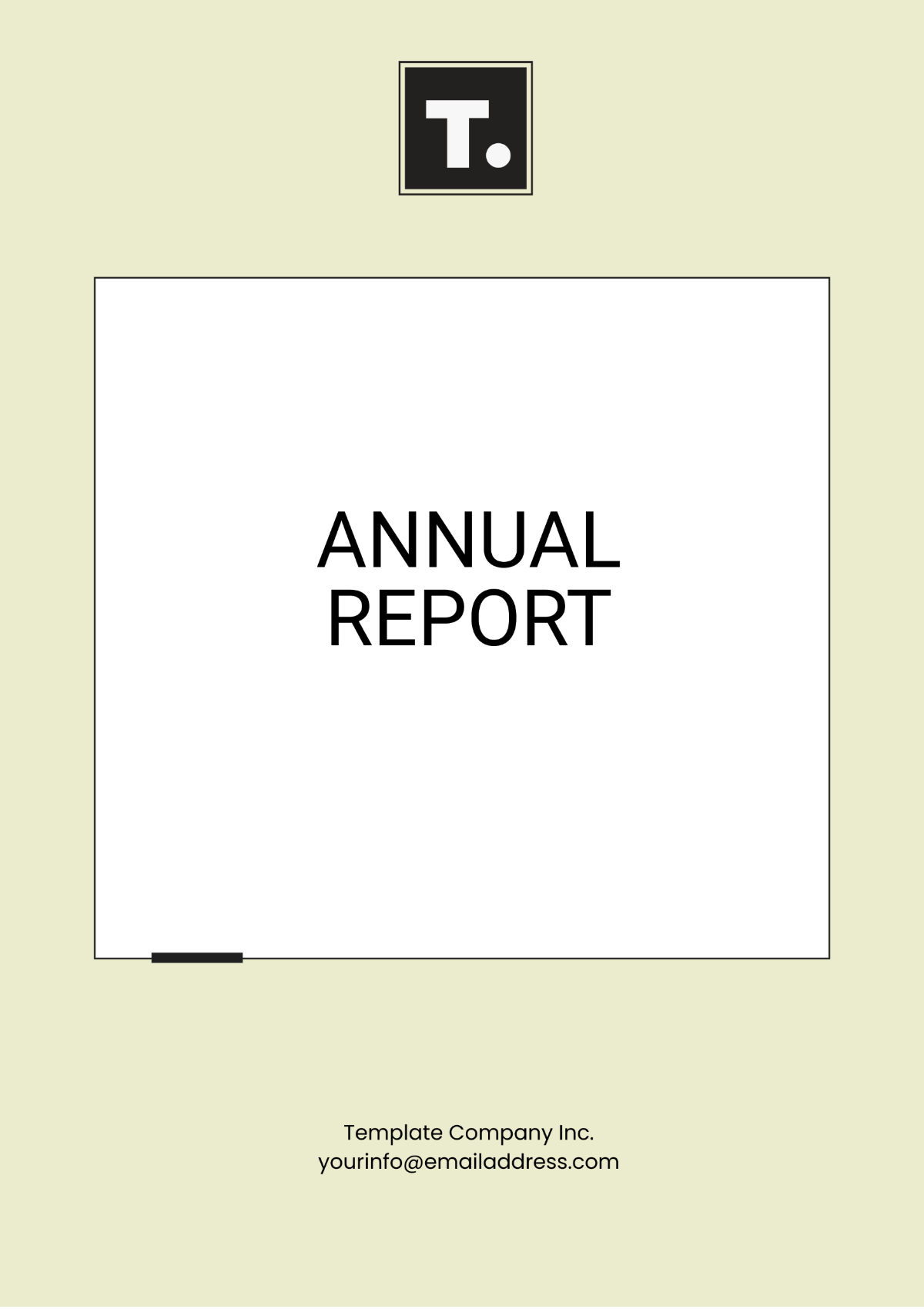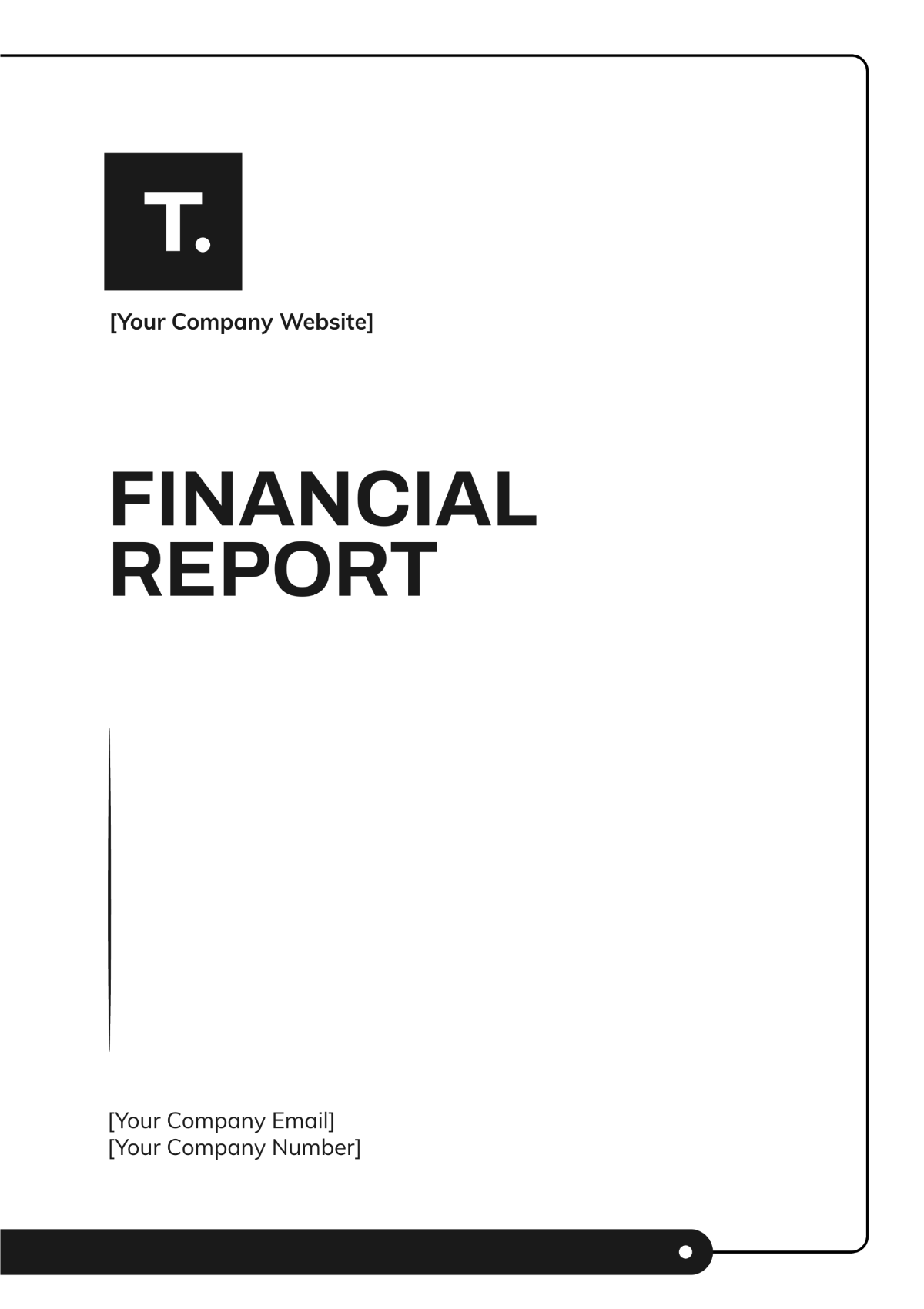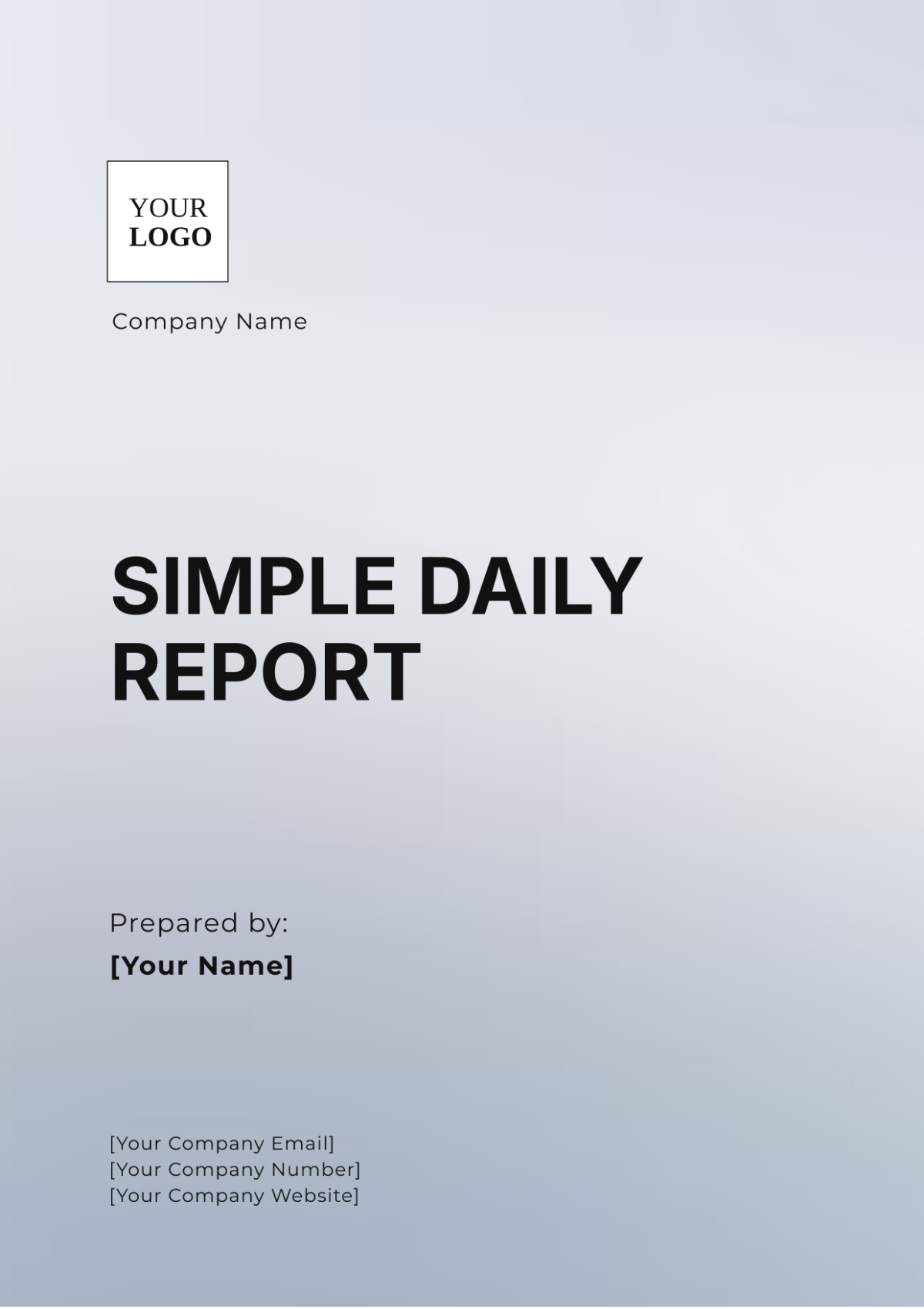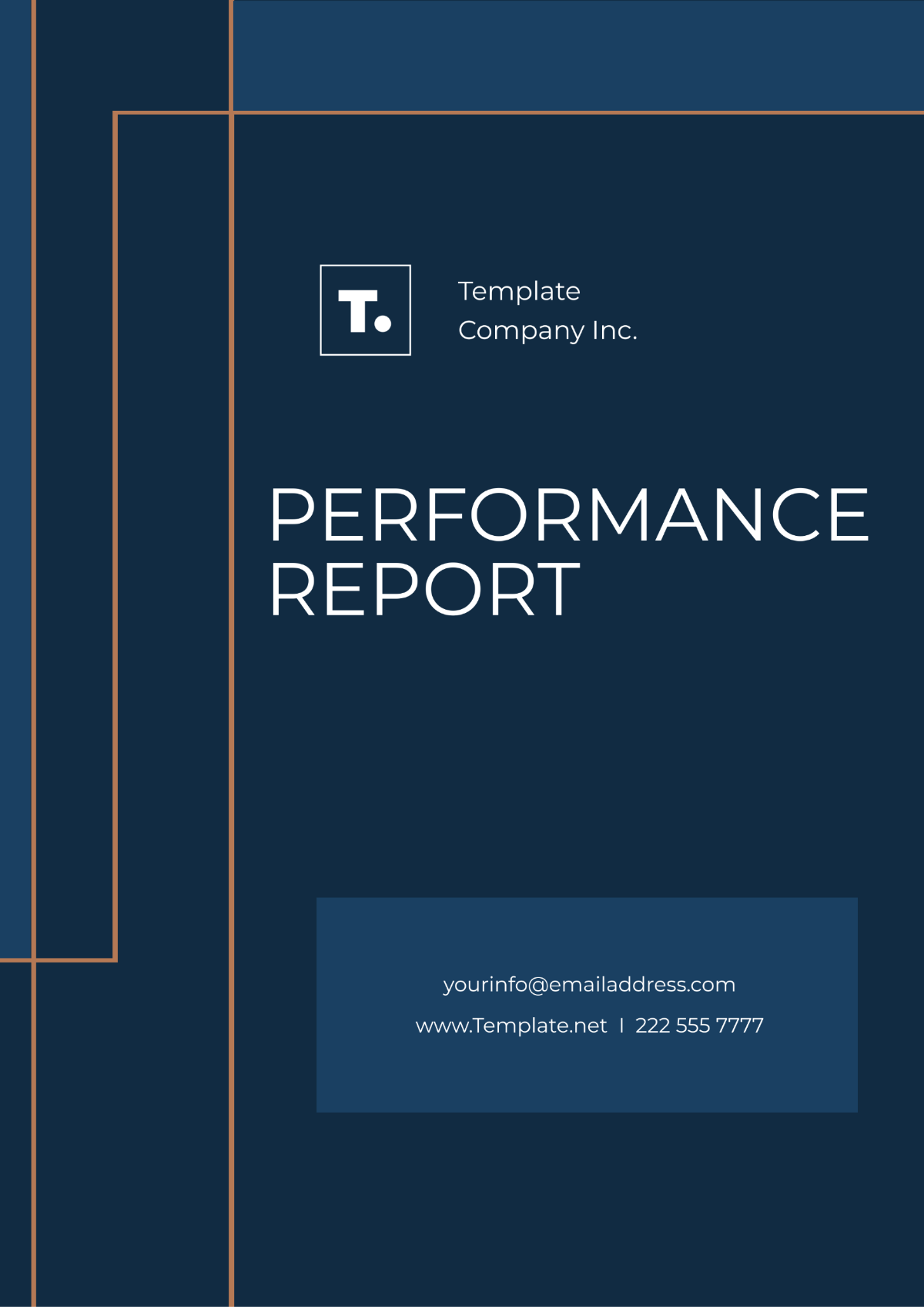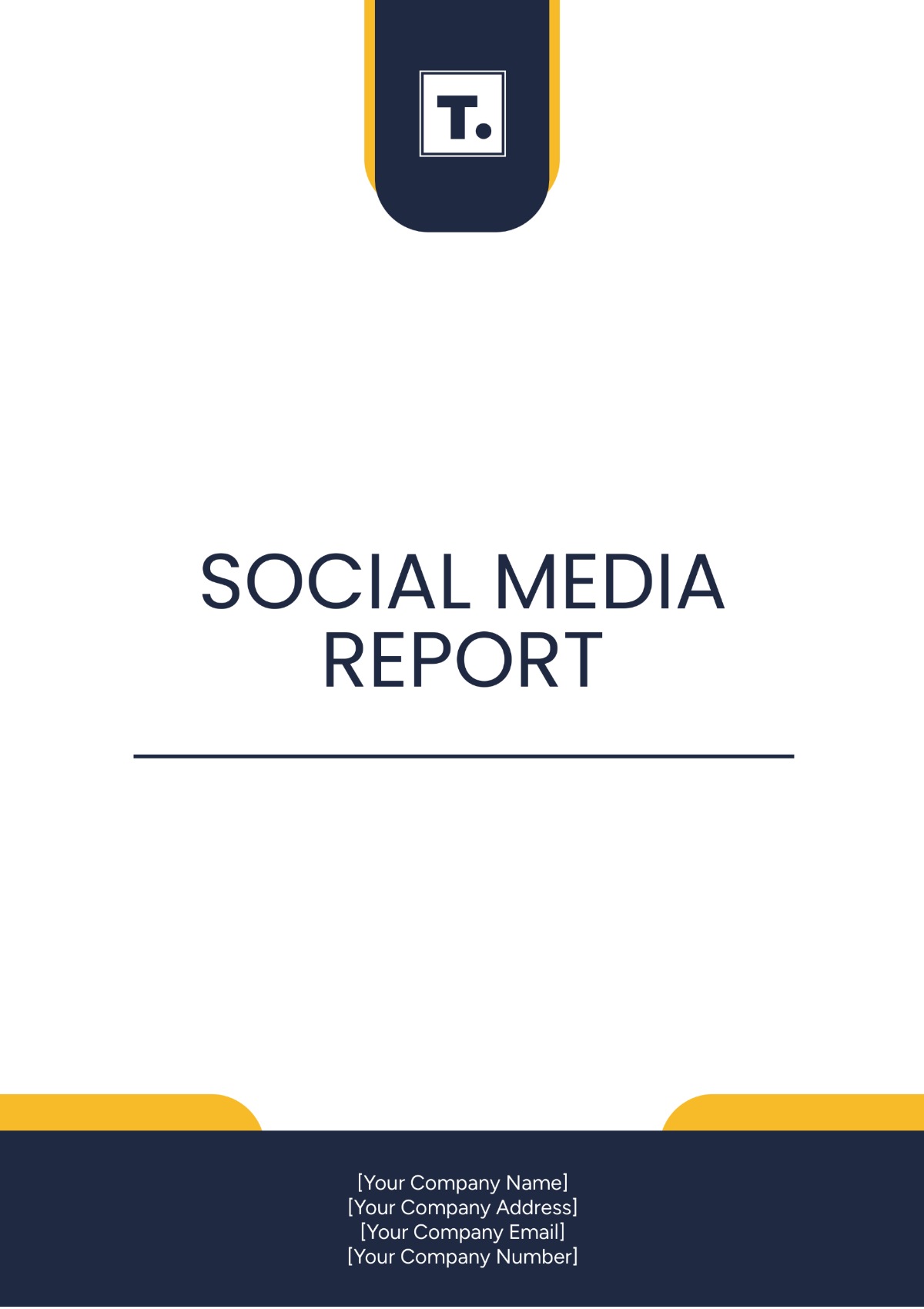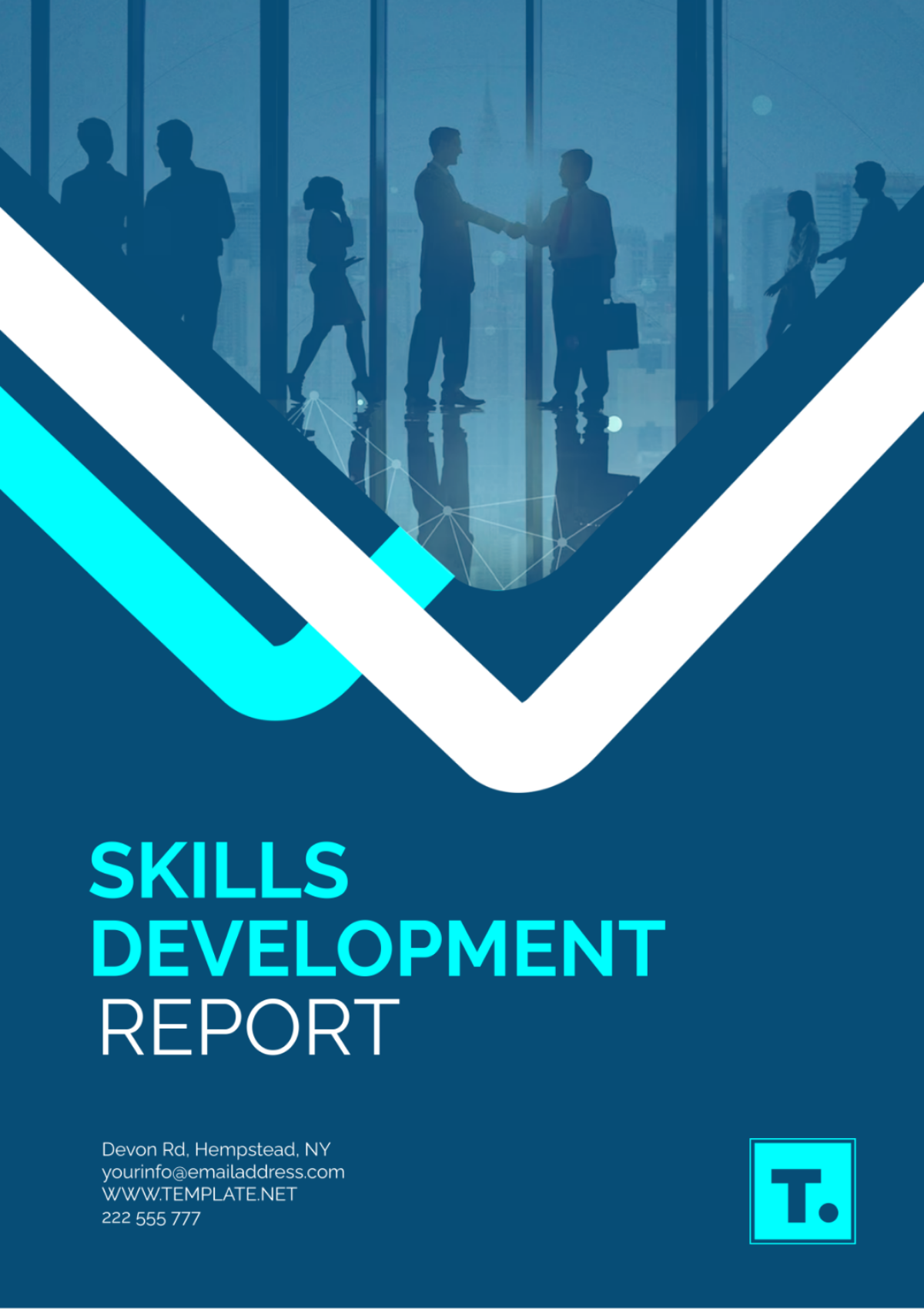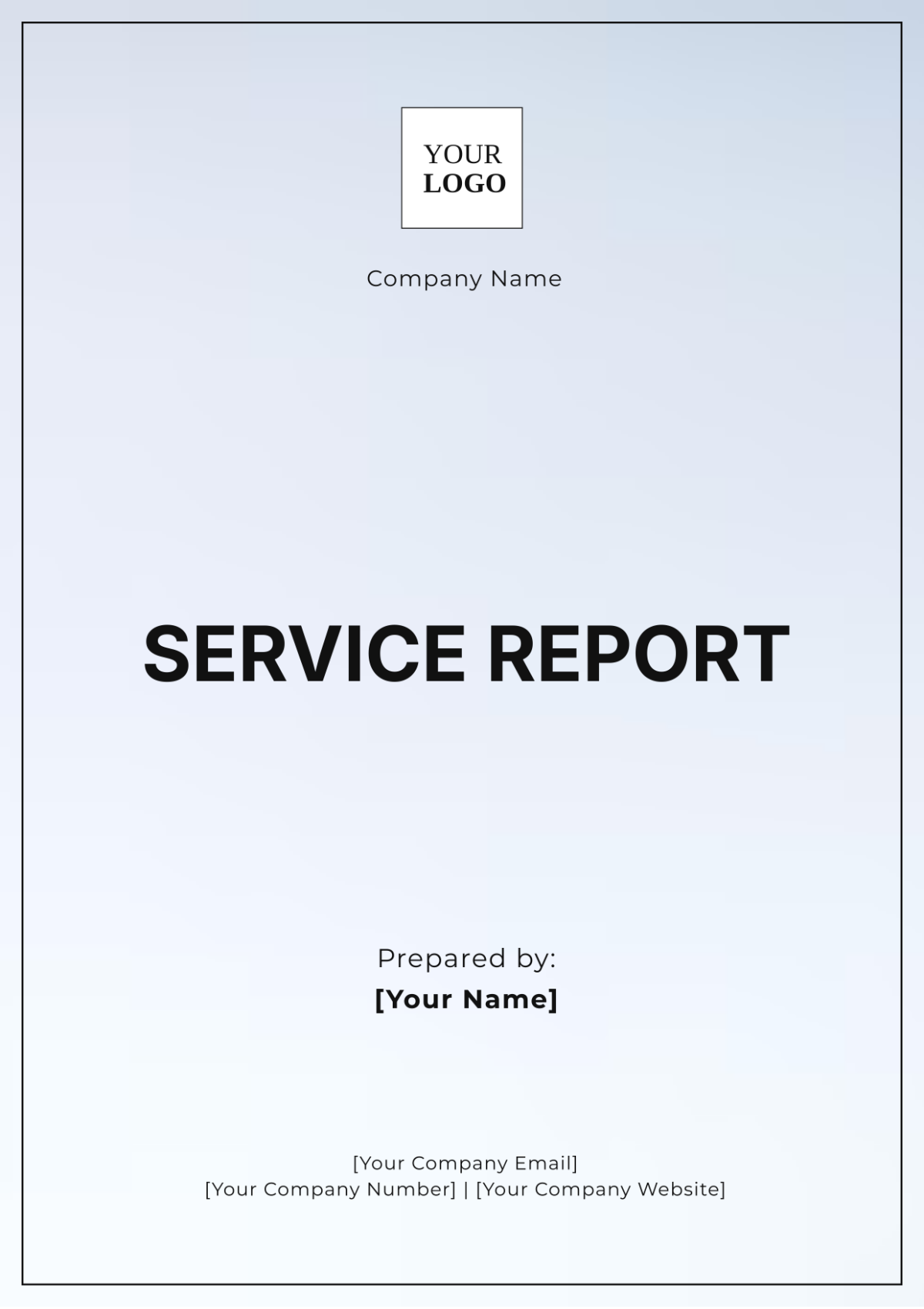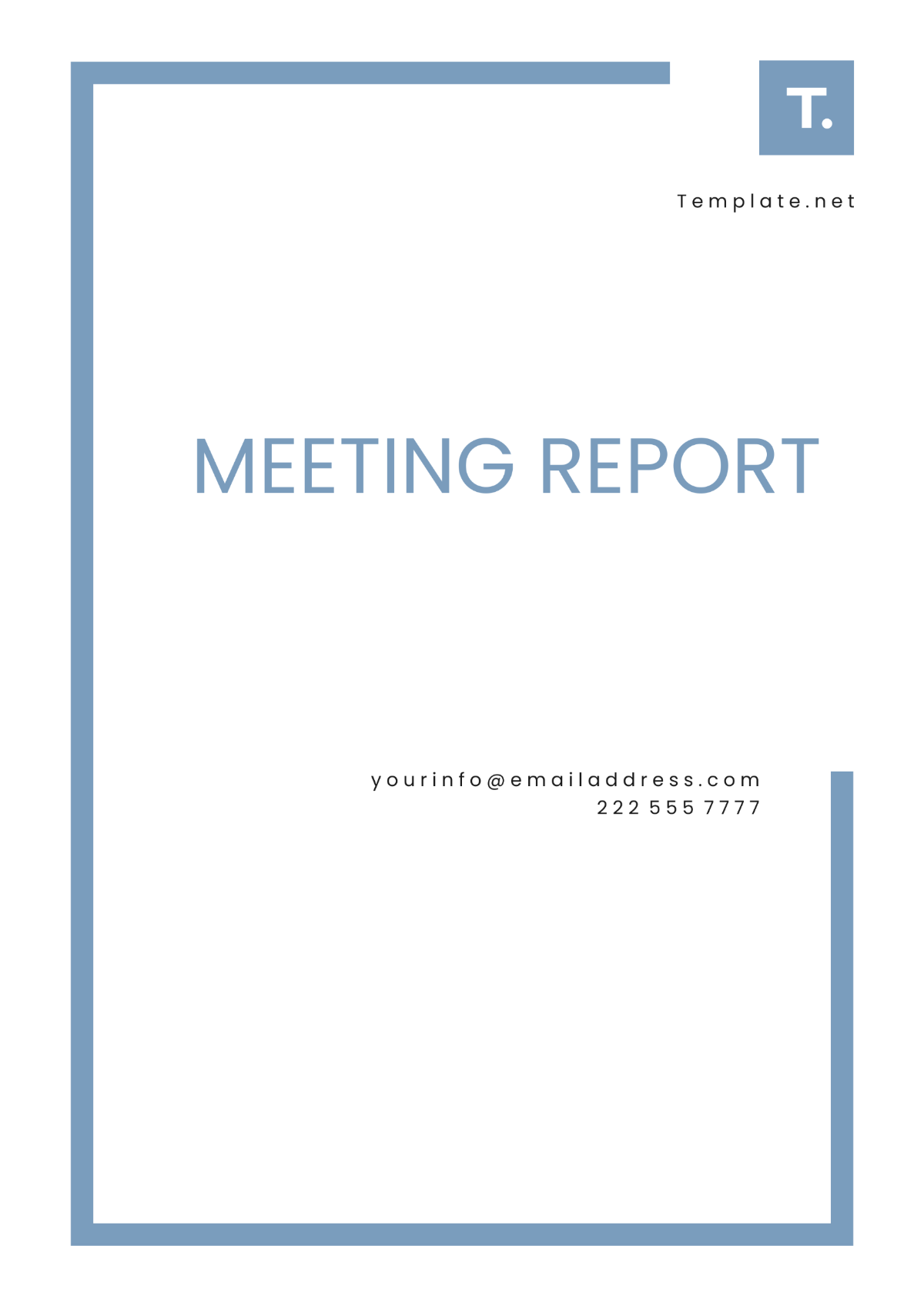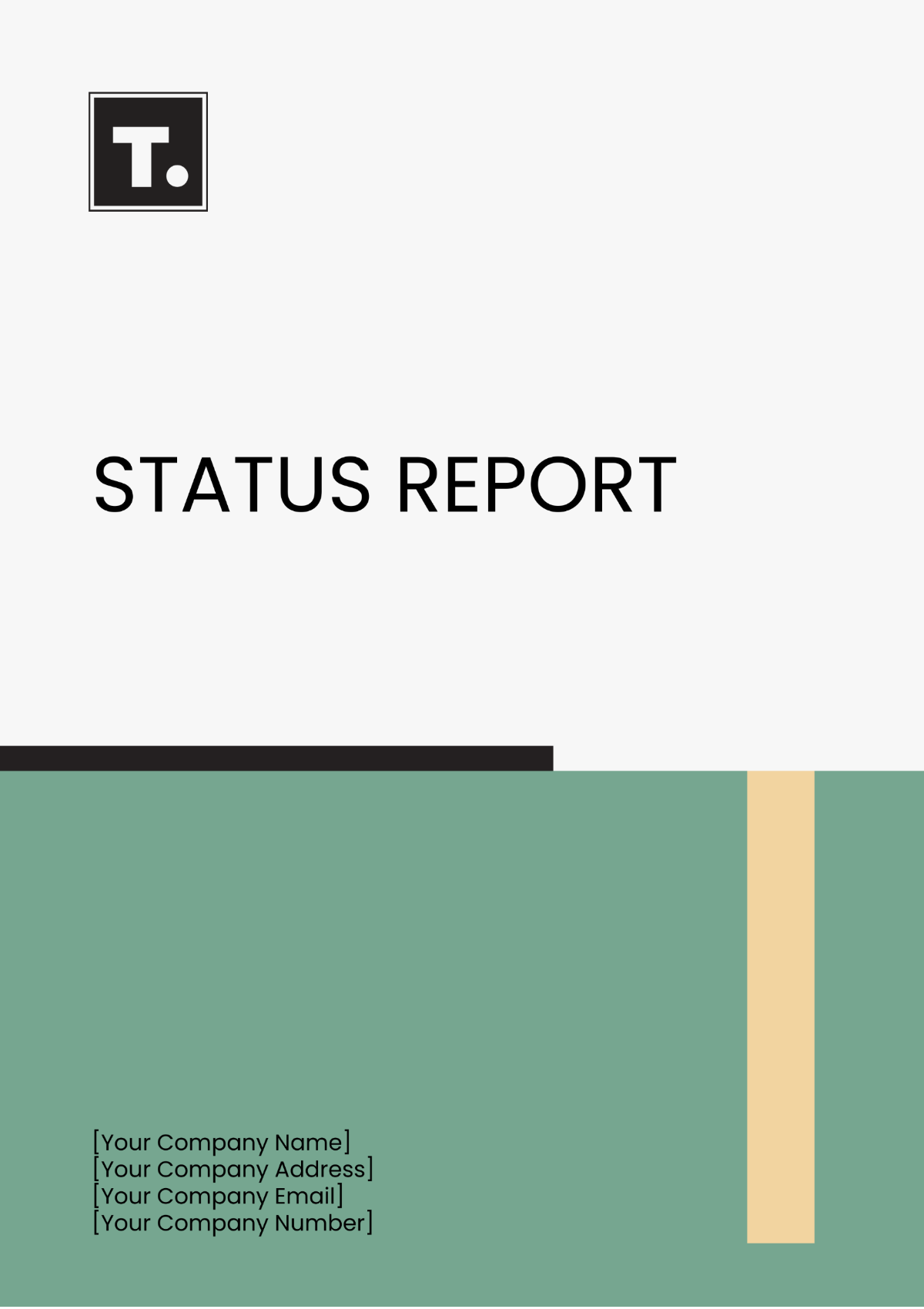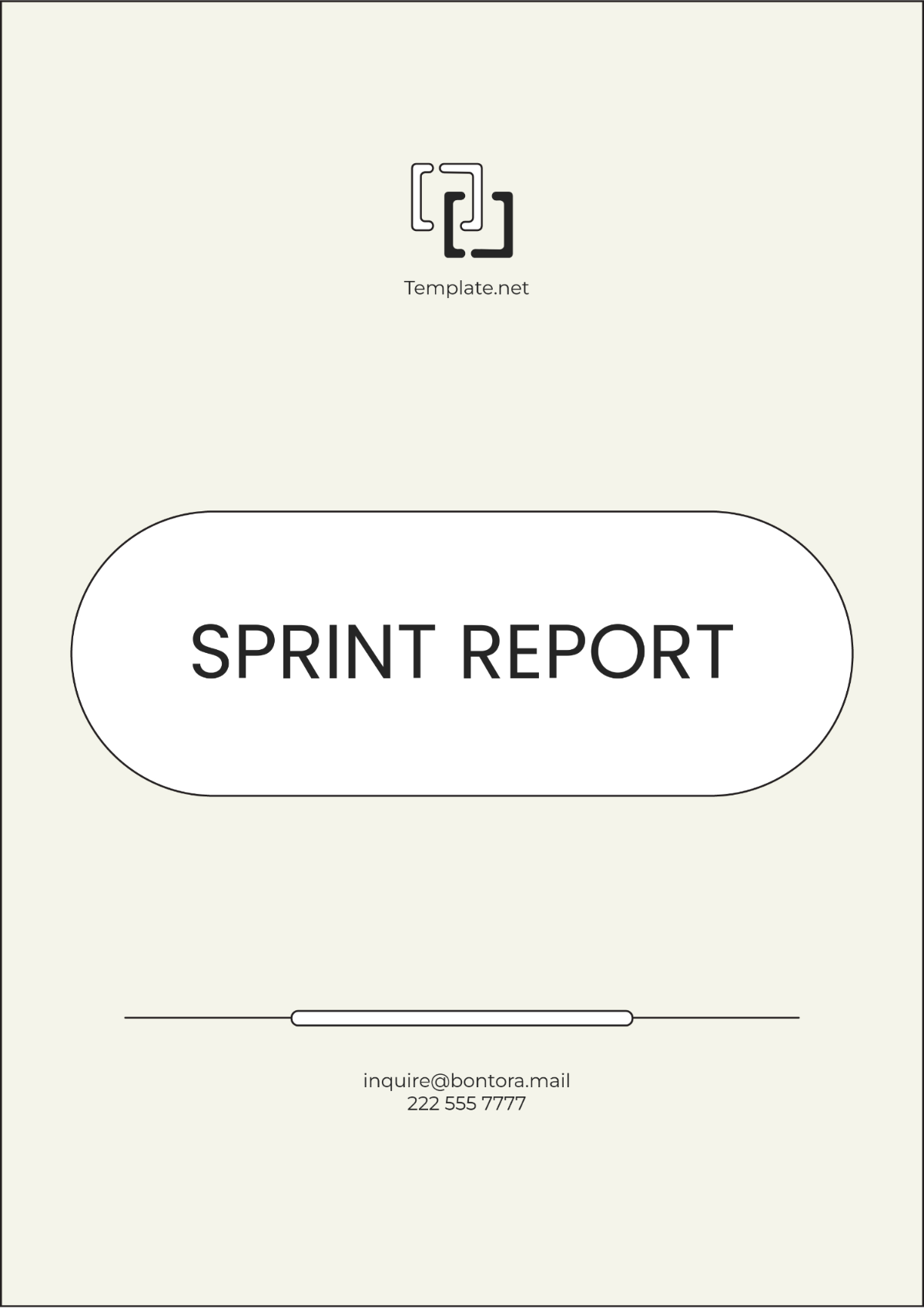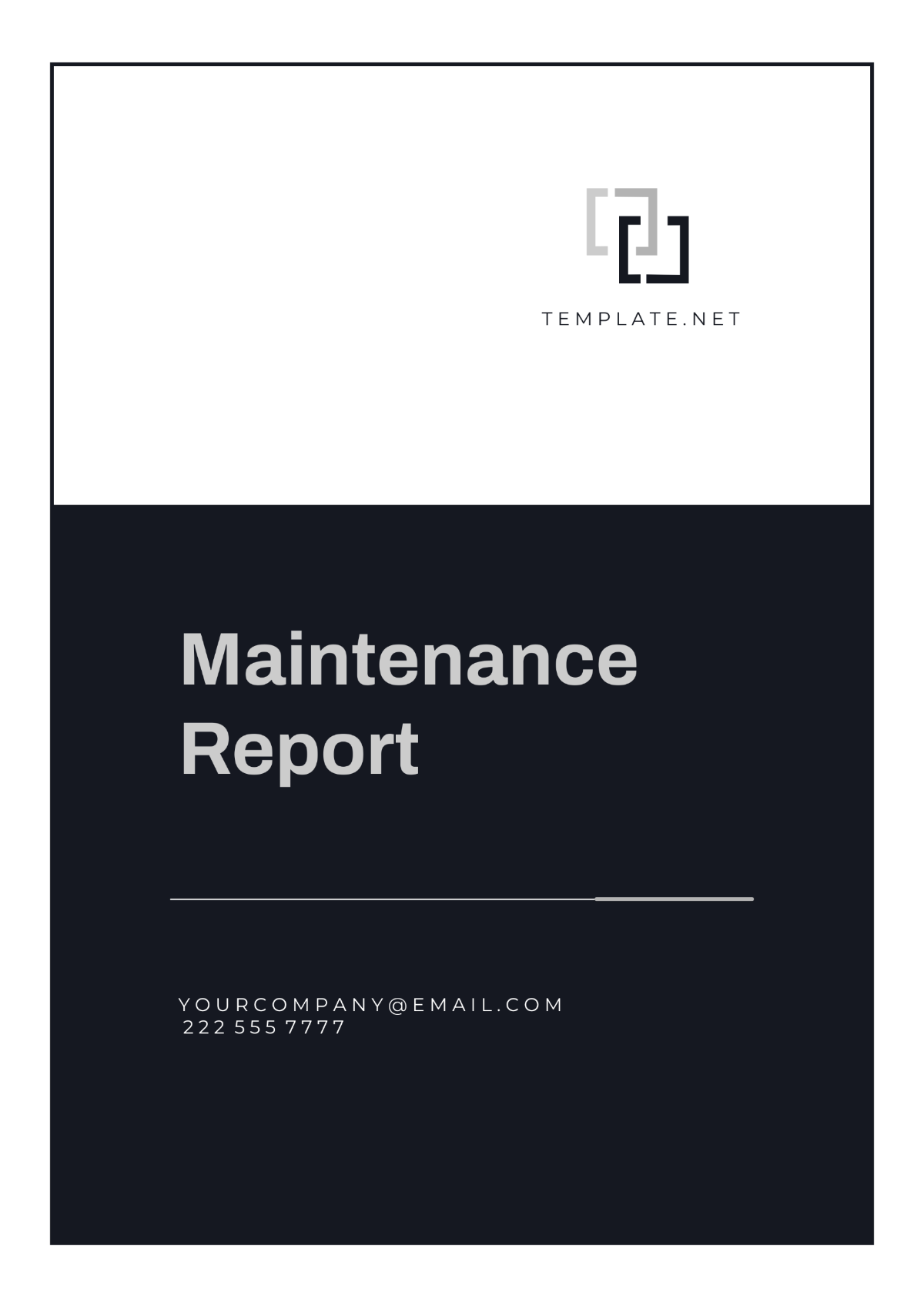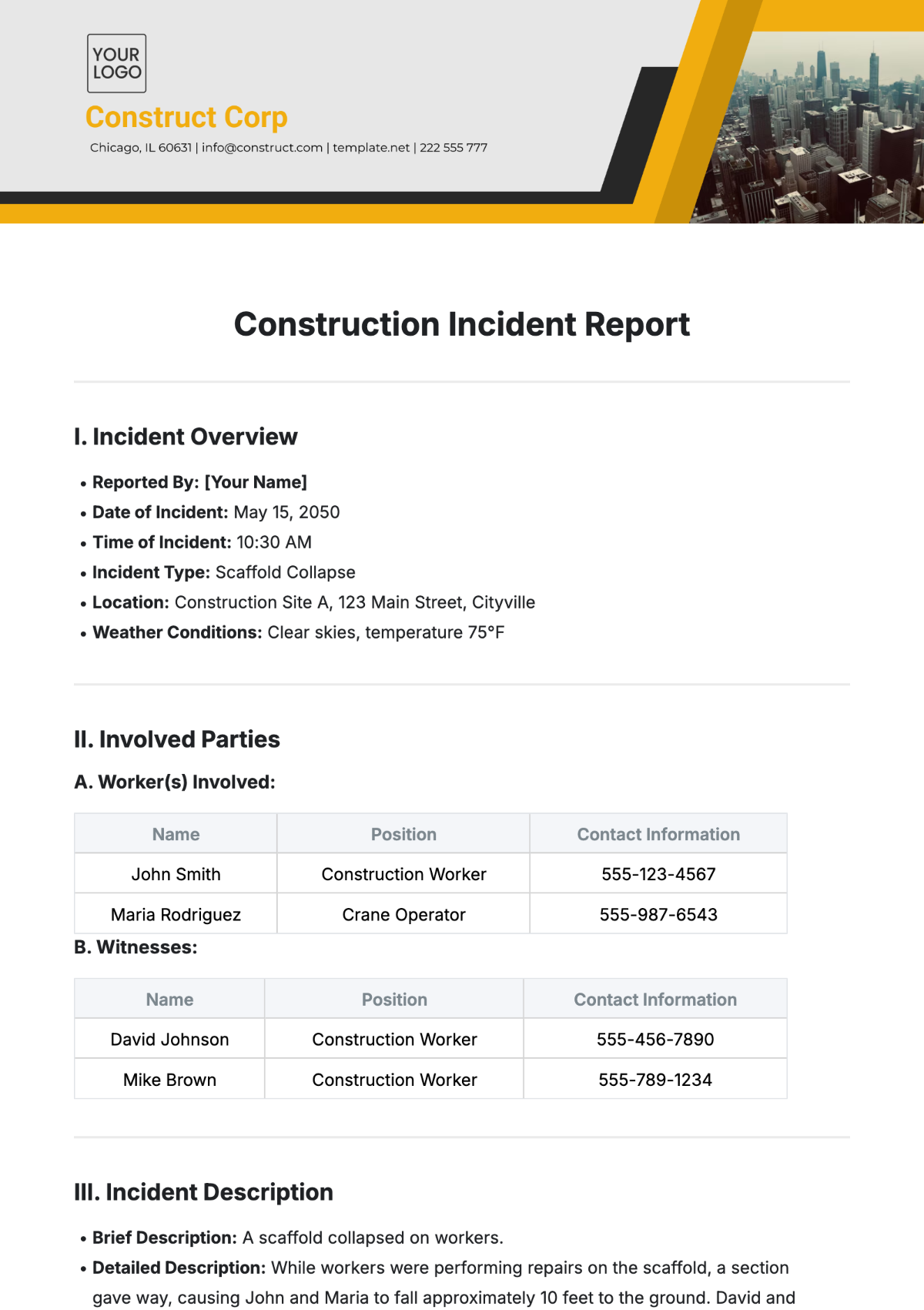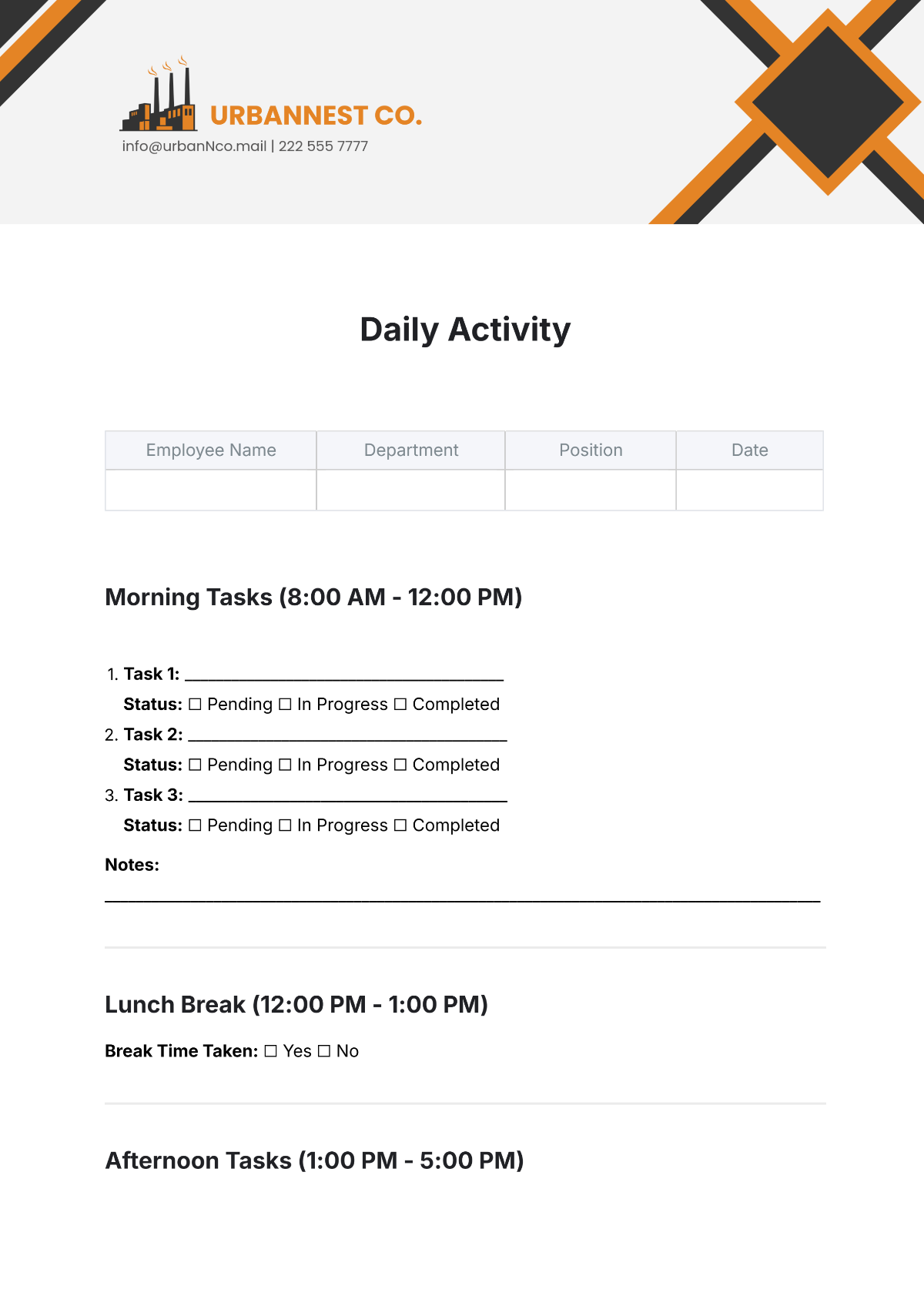Free Recruitment Summary Report Template
Recruitment Summary Report
Introduction
The purpose of this report is to provide a comprehensive overview of the recruitment activities undertaken by the Human Resources department over the past year. This report includes detailed analysis of recruitment efforts, outcomes, challenges, and future strategies to enhance the efficiency and effectiveness of our recruitment process.
Recruitment Goals and Objectives
The primary objective of the recruitment process is to attract, select, and retain top talent for various roles within the organization. Specific goals include reducing the time to fill open positions, improving the quality of hires, enhancing the diversity of the candidate pool, and ensuring a positive candidate experience throughout the recruitment process.
Key Performance Indicators (KPIs)
Time to Fill
Quality of Hire
Offer Acceptance Rate
Diversity Metrics
Candidate Satisfaction
Recruitment Activities Overview
Over the past year, several recruitment strategies and activities have been implemented to meet the aforementioned goals. This section provides an overview of the key activities and their outcomes.
Channels and Methods
Job Postings and Advertisements
Campus Recruitment
Employee Referrals
Social Media Campaigns
Recruitment Fairs and Events
Recruitment Outcomes
Metric | 2051 | 2052 | 2053 | 2054 |
|---|---|---|---|---|
Number of Hires | 250 | 275 | 300 | 350 |
Average Time to Fill (Days) | 45 | 42 | 38 | 35 |
Offer Acceptance Rate (%) | 82 | 85 | 87 | 89 |
Diversity Hiring Rate (%) | 25 | 28 | 32 | 35 |
Challenges and Opportunities
The recruitment process encountered several challenges over the past year, including a highly competitive labor market and a shortage of qualified candidates for specialized roles. However, these challenges also present opportunities for innovation and improvement in our recruitment strategies.
Challenges
Competitive Labor Market
Shortage of Qualified Candidates
Remote Hiring Challenges
Maintaining Candidate Engagement
Opportunities
Leveraging AI and Automation in Recruitment
Enhancing Employer Branding
Investing in Employee Referral Programs
Strengthening Relationships with Educational Institutions
Future Strategies
To improve recruitment outcomes in the coming year, the following strategies will be implemented:
Technology and Innovation
We will explore the use of artificial intelligence and machine learning to enhance our candidate sourcing and screening processes. Additionally, we will implement new Applicant Tracking Systems (ATS) to streamline workflow efficiency.
Enhancing Diversity
Diversity initiatives will be emphasized to broaden the candidate pool. Efforts will include targeted outreach programs, unconscious bias training for recruiters, and partnerships with diverse professional organizations.
Improved Candidate Experience
Efforts will be made to ensure a seamless and engaging candidate experience during the recruitment process. This includes improving communication, feedback mechanisms, and personalization of the candidate journey.
Conclusion
The recruitment efforts over the past year have laid a strong foundation for future success. By addressing challenges and leveraging opportunities, our organization aims to improve recruitment outcomes and continue attracting top talent.
Continuous evaluation and adaptation of recruitment strategies will be critical to achieving our talent acquisition goals, ultimately supporting the organization's growth and success.


